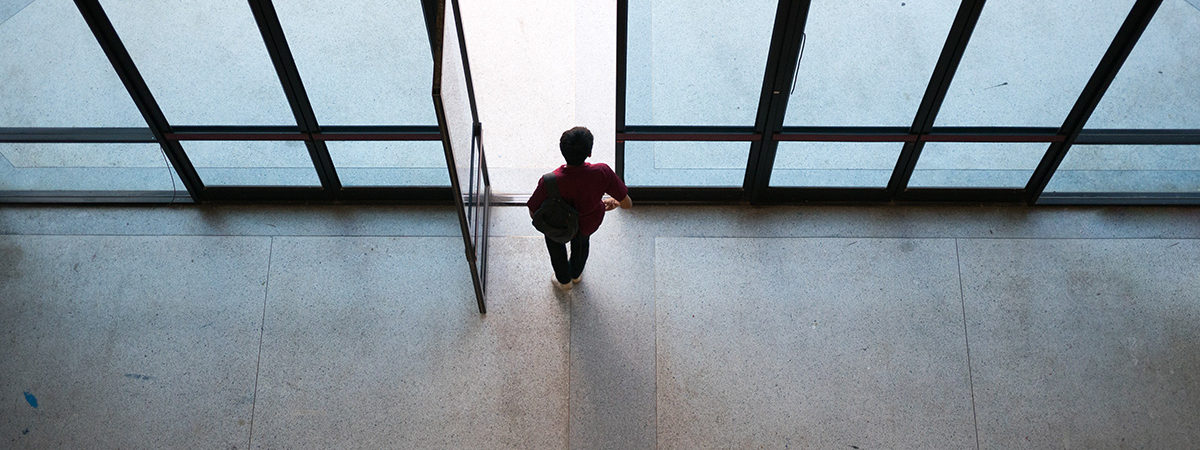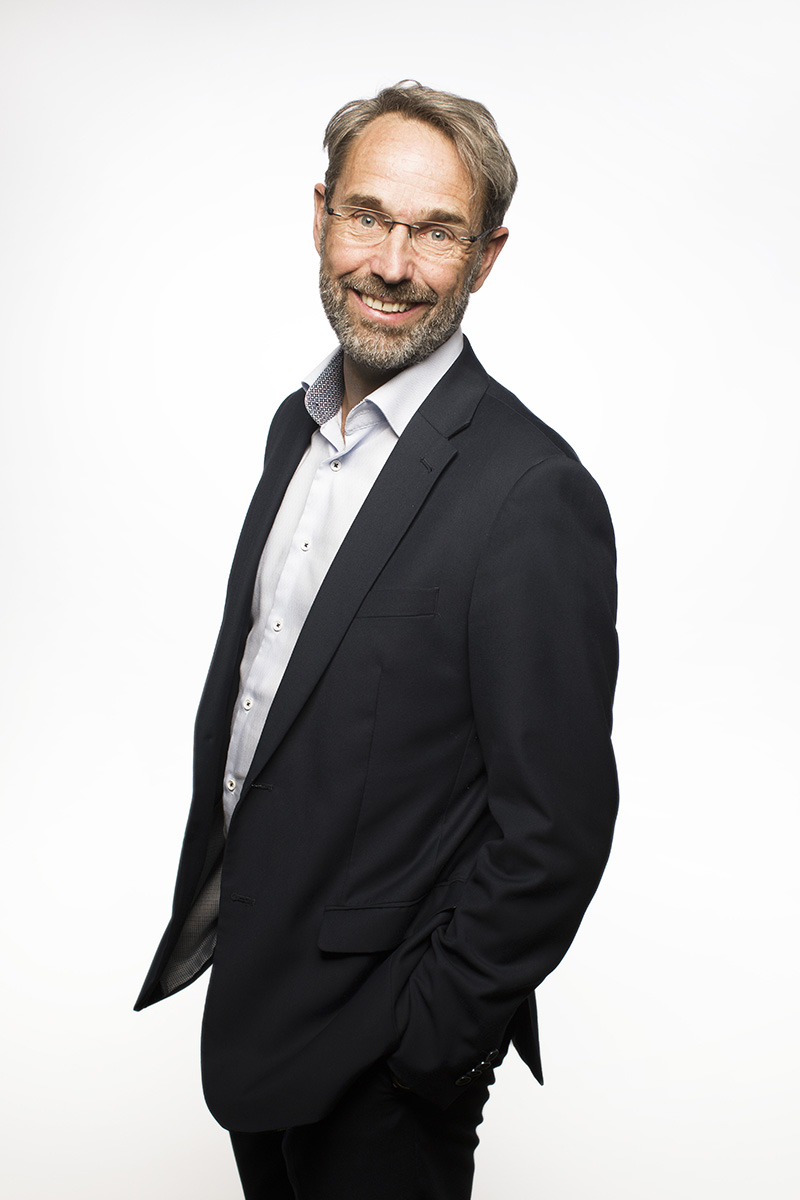The Washington Post reported on 19 December that justice was the word of the year 2018, based on data about searches on the online dictionary Merriam-Webster. Interesting. It seems there was a constant need for this word. The writer of the piece adds: “[w]hat we saw with justice in 2018 was more like a continuous sequence of bumps in the data rather than a single outstanding spike.”
A movement is under way. No, not populism or Islamic extremism. A movement to get justice systems to produce better value. To be more precise: to get ministries of justice, bar associations, universities – the threesome that have held the legal services marketplace in their hands for too long – to let go and innovate. The objective: to create a movement of funders and do’ers that will ensure that we realize Sustainable Development Target 16.3: equal access to justice for all. We are hopelessly behind, both in terms of ideas to meet the challenge and in terms of funding.
The Task Force on Justice process that I have written about before is gathering steam. In one year, the Task Force met twice at the ministerial level, once in Buenos Aires, and once in Freetown. Working groups have worked on different aspects of the problem. Measuring the size of the justice gap. What do people need and want when they seek justice? What kind of justice do they receive? Making the case. What is the case for action and investment in equal access to justice for all? What strategy is needed for financing equal access to justice for all? Establishing what works. What strategies, tools and approaches will increase access to justice? Taking action. What commitments should national and local actors make to closing the justice gap? How can international and regional cooperation support access to justice at national levels? How should those defending justice be supported and protected? There has been a High Level Group on Justice for Women. A working group on Innovation. Many events have been held and more are coming. On 6 February the 9th Innovating Justice Forum will take place in the Peace Palace in The Hague. This will be followed by 2 days of meetings of the Task Force on Justice, including a special Justice Partners Forum to consult with an expanding group of organisations and experts. At that meeting, the Task Force will agree on its final report. That report will include an assessment of where we stand, what needs to be done to meet the challenge, and a call to action. The report will be sent to the High Level Political Forum in which progress regarding the Sustainable Development Goals is assessedSDG16 will be reviewed for the first time since its adoption. At the SDG summit in September World leaders will be asked to mobilize further actions to accelerate implementation, including on the Agenda for action for Justice that the Task Force will propose.
Even more than 2018, I believe 2019 will be a year of justice. Between 29 April and 2 May the World Justice Forum will take place in The Hague. These events mark one more wave of growing involvement, commitment, and thinking about new and more effective ways to get justice to people.
At HiiL we published a trend report entitled The Elephant in the Courtroom that quantifies and pinpoints the needs. It assesses where promising innovation is happening. And it makes concrete suggestions for improvements at scale. Globally, innovation is encouraging, nearing a major breakthrough. It is an exciting time to be in the justice sector.
This is a good way to end the year. Justice as the word that counted most. And visible progress to deal with the global justice gap.
This article is originally published on Slaw.com.



